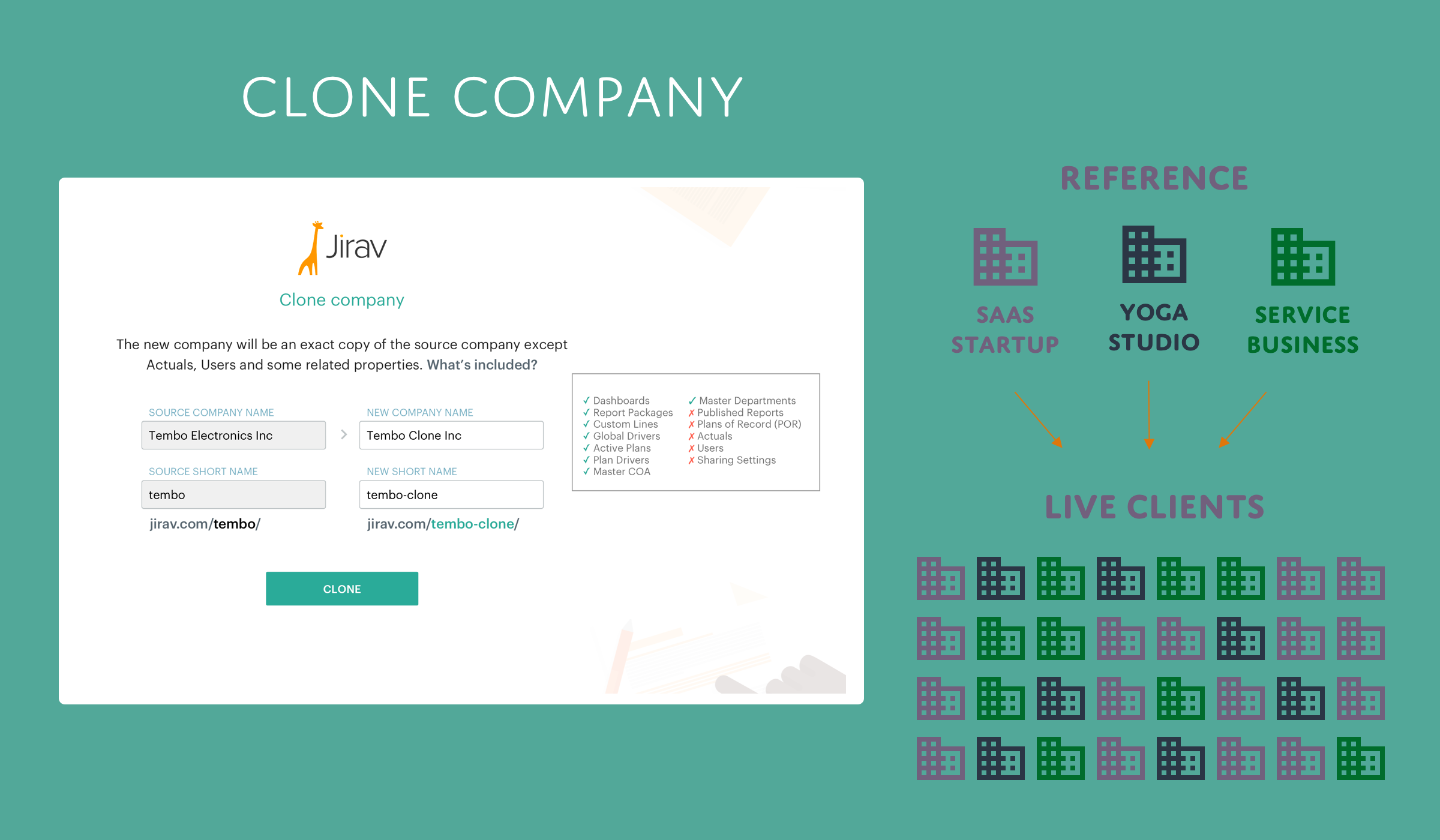In finance, cash crunches are the peak of stress. Even successful companies, with solid financials and good revenue streams, come under tight situations at times.
These liquidity issues cause:
- Payroll problems
- Pressure to catch up accounts receivable
- Material shortage (if liquidity is an issue for an extended period)
Tracking cash flow and having a decent budget mitigate much of the risk, but it’s looking ahead that really solidifies stability. And in uncharted economic waters, one hiccup in cash-on-hand has the potential to change the direction of your organization. When properly utilized, forecasts act as a powerful planning asset. One to input various potential scenarios, allowing the executive team to create sets of tentative plans, based on multiple projections.
This level of planning provides the company’s stakeholders with peace of mind. It also allows the business to deploy capital more efficiently.
Here are 7 best practices you can implement to improve your cash flow and get the best return from your limited resources.
7 cash flow forecasting techniques
1. Use both short-term and mid-term projections
Short-term forecasting is great for improving KPI performance. A financial forecast is often composed of multiple smaller pieces — or building blocks — which add up to the complete picture of the business. Getting granular on any specific chunks or metrics like sales quotas, marketing spend ROI, and overall profitability helps bring the biggest issues more clearly into focus.
One of the most reliable ways to improve cash flow without financing tricks is to improve profitability. Short-term profitability improvement can come from either charging higher prices or lowering expenses. Both can lead to more cash coming in and staying in the business.
Bringing focus to the key drivers negatively impacting your profit margin in the short-term improves your forecasting ability as well. However, the short-term view alone isn’t sufficient and should be supplemented by a mid-term, more strategic view.
Mid-term projections are typically 6-18 month forecasts that are updated monthly. This time horizon is long enough to look at the big picture of what’s happening in and around the business.
Use this view for thinking about upcoming moves, making strategic decisions, and formulating how to best reach your goals. It’s long enough to not get too bogged down in the details, but short enough to be an actionable time span.
2. Practice multiple scenarios
Scenario planning is an important step to take in order to improve forecasting accuracy and help the company plan for anything.
Good economy? Bad economy? Neutral economy? Jirav allows you to quickly take a look at multiple scenarios and situations and plan in advance how the company would react in each situation from a cash flow perspective.
Scenario planning allows for your team to go more quickly to implementation, instead of starting at zero if something unexpected were to happen.
While preparing for a negative situation is the standard approach, running a positive scenario is also important. Planning for good (or better than expected) scenarios also ensures the business is ready to profit from a good environment.
If sales were to double, how quickly could you ramp up capacity? If a competitor is suddenly unable to deliver, could you quickly fill the gap and win additional customers?
3. Automate as much as possible
The more your forecasting processes and financial tools are connected, cloud-based, and automated, the more you’ll actually use the forecast as a business tool. Using the proper tools and setting them up to run like a well-oiled, integrated machine lets your team focus on the important things.
Instead of collecting data and building spreadsheets, the team can get busy defining action plans and solving problems. For your cash flow forecast to become more than just a pretty report, it needs to drive action.
4. Regularly compare actuals to forecasts
A great way to improve your forecast accuracy and reliability is to consistently compare your actuals to your forecast. Create automated variance reports that can be shown to the team. When they can easily see where you’re hitting, exceeding, or missing your targets, they’ll understand the impact their actions have on the success of the business.
This comparison allows them to see what’s working in the forecast and what’s not, which will drive adjustments in their processes and assumptions. The goal should be improved reliability of your forecasted figures.
In turn, more accurate forecasting builds increased confidence in the forecast. This increased confidence allows for better decisions.
5. Use variances for pivots and decision making
Ensure that the forecast vs. actual variances are being accounted for. What’s causing them? How can the variances be avoided in the future? After analyzing the variances, you should understand what caused the gaps vs. your forecast.
Over time, this exercise helps not only to improve the accuracy of the forecast but also helps the company recognize performance opportunities.
6. Improve the forecasts as you go
The one sure thing in life is that nearly everything changes. Forecasting is no exception. Don’t make the mistake of creating your cash flow forecast once and forgetting it.
Implement a constantly-updated, rolling forecast covering the impending 6-18 months. As time goes on, your forecast will become increasingly accurate while also becoming a constant tool for continued organizational success. You’ll be able to make critical operational decisions based on it.
Forecasts seldomly updated (i.e. once a year or even once a quarter), have several drawbacks. When you’re not updating your forecasts regularly, you’re building your cash flow forecast on stale assumptions. This leads to less reliable decisions.
But the real issue with not regularly updating your forecasts is that improvement of weak spots will happen very slowly. It will take your team longer to discover where a process is breaking down or where its data is typically less accurate. It’s only through regular updates that the organization can learn quickly and improve forecast reliability.
7. Ensure the executive team understands your reporting
The purpose of a forecast is to enable better decision making. Thus, the executive team should be able to make informed decisions based on your forecast reporting.
Use easy-to-understand, visual reports that clearly show pertinent forecast data and its variances. Dashboards and other easy-to-use reports help ensure that the team is working with the data, not making a report for the report’s sake.
Ready to forecast using Jirav?
Your forecast should allow you to drive your business in the right direction. Reliable forecasting helps you see where your business is going and gives you a chance to make adjustments in a timely manner.
A reliable cash flow forecast helps you ensure the right amount of resources in the right place at the right time.
With an automated, driver-based forecasting tool like Jirav, you can focus your energy on making decisions and thinking strategically.
Are you ready to take your forecast to the next level?












